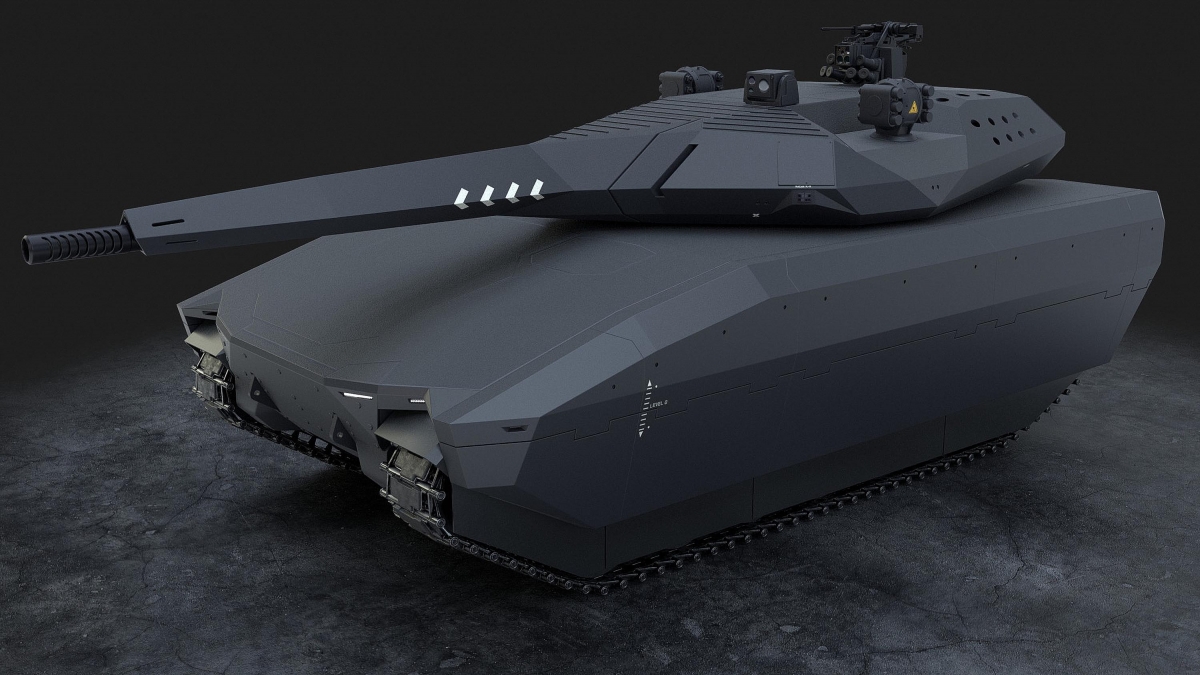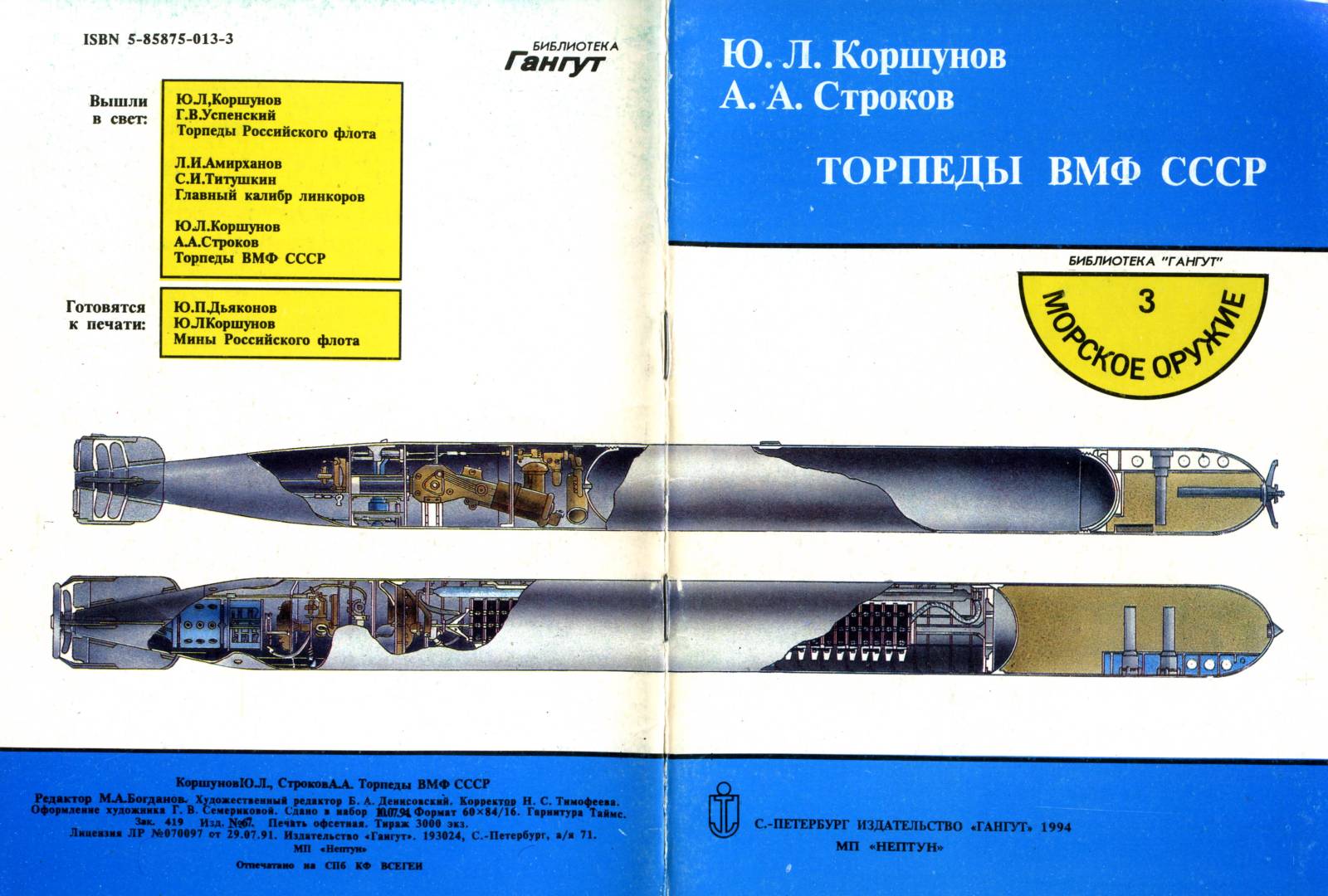
Virtual training OBRUM
Content
Virtual training OBRUM. A procedural simulator such as the S-MS-20 offers support for a virtual machine not only with standard PC controllers, but also allows the use of original real device controllers integrated with it.
Each era has its own training tasks. From old wooden swords through weapon sections to working with real weapons. However, the development of electronics and information technology can lead to a complete change in approach in this regard.
The 70s and 80s of the last century brought the rapid development of electronics and information technology. So fast that it dominated the development of the generation of people born from the second half of this period until the beginning of this millennium. The so-called generation Y, also called millennials. Since childhood, these people usually have extensive contact with personal computers, later with mobile phones, smartphones, and finally with tablets, which are used for both work and play. According to some studies, mass access to cheap electronics and the Internet even caused changes in brain function compared to a generation with less access to multimedia. The enormous ease of mastering the very volume of banal information, the need for communication and the habit of modern technologies “from the cradle” determine the features of this generation. Differences from more individualistic predecessors (the era of television, radio and newspapers) lead to stronger conflicts between generations than before, but also open up great opportunities.
New times - new methods
As they matured, millennials have become (or will soon become) potential recruits. However, they find it difficult to understand the training methods of an inherently conservative institution like the armed forces. In addition, the unprecedented degree of complexity of the questions means that theoretical learning through reading descriptions and instructions is no longer enough to become familiar with the problem in a reasonable amount of time. The technique, however, lives up to the expectations of both parties. Virtual reality, which has been widely developed since the 90s of the twentieth century, has opened up huge opportunities in the field of creating modern simulators for various purposes and for training at various levels. OBRUM Sp.Z oo has extensive experience in creating research in this area. z oo The modeling department has been working in it for six years, mainly engaged in the creation of solutions in the field of information technology (IT), including computer graphics, etc. Its employees have developed such developments as, for example, a comprehensive shooting simulator for KTO crews Rosomak SK-1 Pluton (based on the ARMA 2 graphics engine and running in the VBS 3.0 environment; maps up to 100×100 km), used in the Wrocław Land Forces Officers' School "Vyzhsza", which consists of simulators that simulate real positions (vehicle crews) , and from personal computers (for landing). Among recent projects, there are three particularly interesting studies, working on different principles and addressed to different users.
procedural simulator
The first is a procedural simulator. This is part of the trend of the so-called serious games. They are used to acquire, develop and consolidate certain skills by players, as well as to solve specific problems. Although their origins date back to 1900 (of course, in the paper version), the real boom came in the age of computers, when they began to develop along with more popular electronic entertainment. Arcade games train reflexes, strategic planning skills, etc. Serious games offer a special kind of "game" aimed primarily at training the "player", i.e. a person undergoing training in what used to require dozens of large, heavy and expensive models, but also real copies of the devices on which the future user will have to work.

